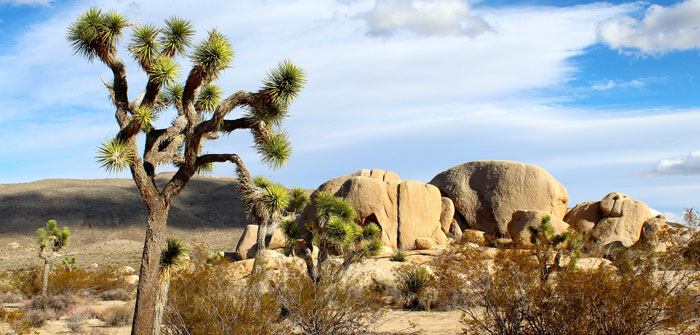Researchers have found that a major fault line that has been dormant for at least a century was impacted by a series of earthquakes that hit Southern California last summer.
The study by geologists at the University of Iowa mapped the effects of the Ridgecrest earthquakes, – twin quakes which struck on consecutive days last July in the Mojave Desert.
They found that the quakes caused an effect known as ‘aseismic creep’ along a 16-mile section of the Garlock Fault, a major fault line which runs east to west for 185 miles from the San Andreas Fault to Death Valley.
Aseismic creep describes when a fault line slips without producing the seismic activity associated with earthquakes. According to the researchers the slipping that occurred on the Garlock Fault in the aftermath of the Ridgecrest earthquakes was shallow, occurring only to a depth of around 300ft.
Even so, the quakes’ impact on the Garlock Fault proves that it is “sensitive to stress changes”, said Bill Barnhart, assistant professor at the University of Iowa’s Department of Earth and Environmental Sciences and a co-author of the study.
Although there have been no earthquakes on the Garlock Fault since instrument-keeping began over a century ago it is still considered a potential seismic risk to Southern California. According to Barnhart’s team the stressed section could produce an earthquake of a magnitude between 6.7 and 7.0 if it ruptured.
“So, if – and that’s a big if – this area were to slip in a future earthquake, we are showing where that might happen,” Barnhart told Science Daily.



